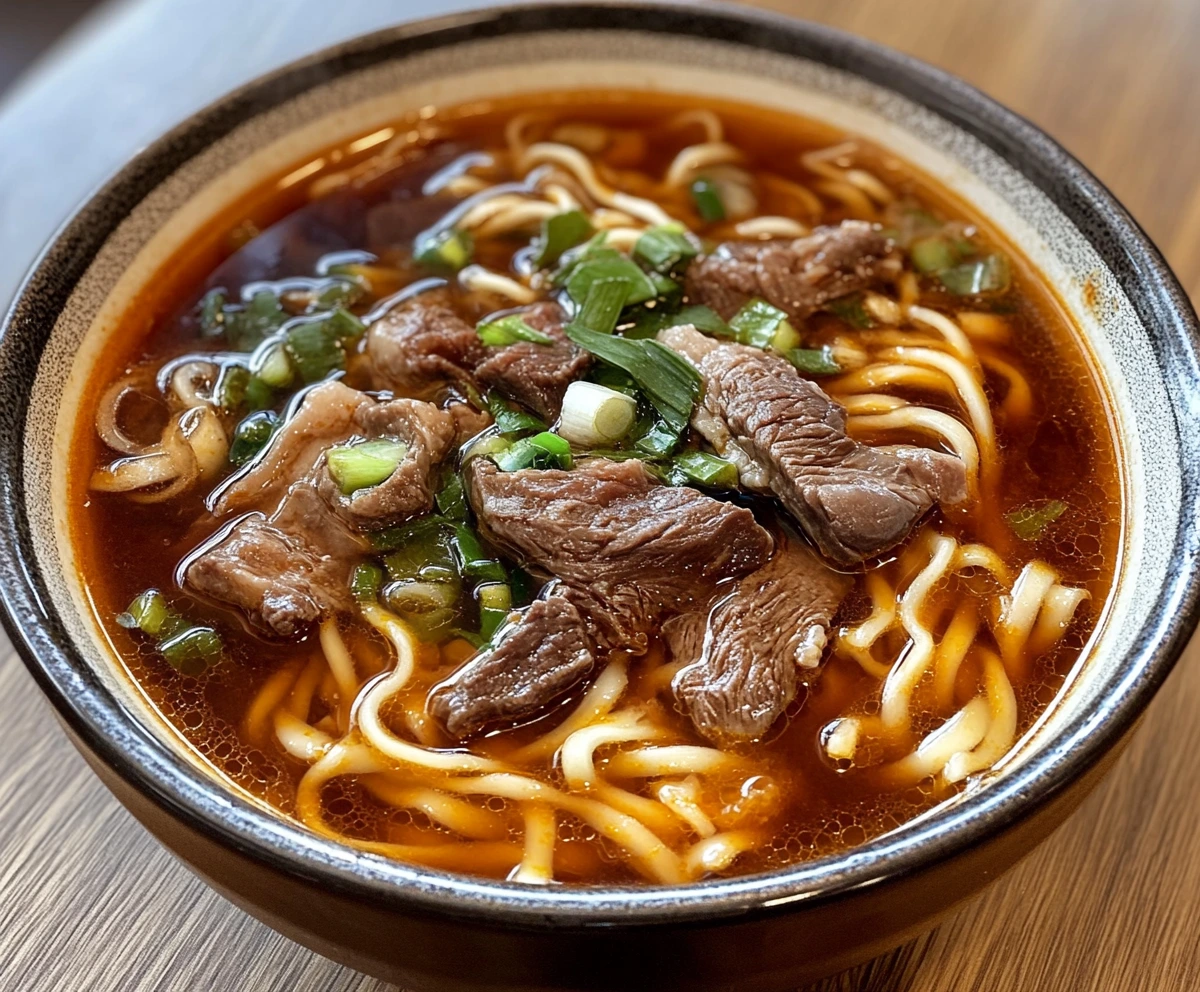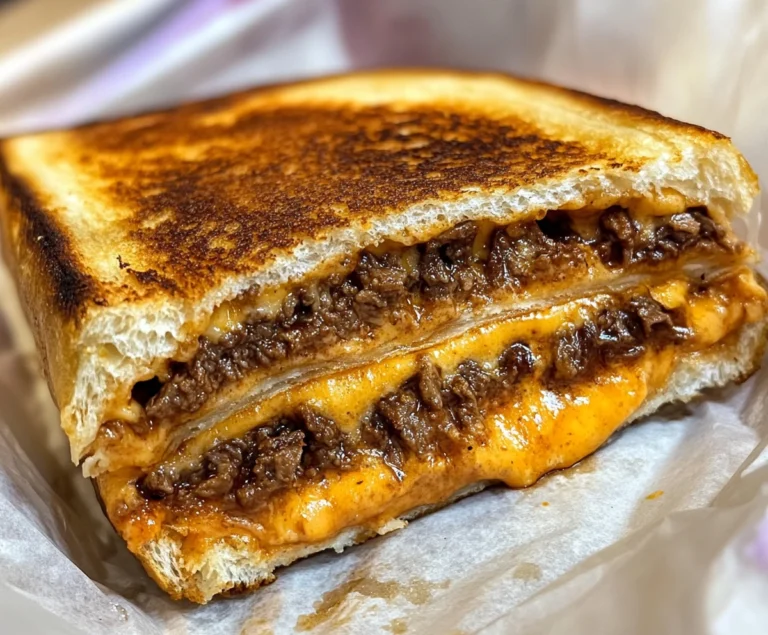What is a Chinese beef noodle dish called?
Chinese cuisine is one of the most diverse and rich culinary traditions in the world, with noodle dishes playing an integral role. Among these, the Chinese beef noodle dish stands out for its robust flavor, comforting broth, and chewy noodles. But what exactly is this dish called, and how does it differ from region to region?
In this comprehensive guide, we will explore the origins, regional varieties, and cultural importance of the classic Chinese beef noodle dish. Whether you’re a food enthusiast or simply curious about Chinese cuisine, this article will take you on a flavorful journey through the world of Niú Ròu Miàn and beyond.
The Traditional Chinese Beef Noodle Dish: Niú Ròu Miàn (牛肉面)
The most common name for Chinese beef noodle soup is Niú Ròu Miàn, which literally translates to “beef noodle soup” (Niú meaning beef, Ròu meaning meat, and Miàn meaning noodles). This dish is ubiquitous throughout China and has become one of the country’s most beloved comfort foods.
Key Components of Niú Ròu Miàn:
- Braised beef: Typically, beef shank or brisket is used, slowly braised to perfection.
- Hand-pulled noodles: The texture of the noodles is key. In many cases, the noodles are hand-pulled, giving them a chewy and springy texture.
- Broth: The broth is the heart of the dish, often flavored with soy sauce, ginger, star anise, and other Chinese spices.
How Niú Ròu Miàn Became So Popular
The origins of Niú Ròu Miàn trace back to the Chinese Hui Muslims in the northwestern regions of China, particularly Lanzhou. These regions were along the Silk Road, which influenced the ingredients and spices used in this dish. The dish gained popularity across China, evolving into many regional varieties.
Over the years, beef noodle soup has expanded beyond China’s borders, becoming a favorite in Taiwan, Southeast Asia, and many Western countries.
Popular Variations of Chinese Beef Noodle Dishes
Chinese beef noodle dishes vary significantly from one region to another. The differences can be found in the type of noodles used, the cooking technique, the ingredients added to the broth, and even the spices that define the overall flavor of the dish. Below are some of the most notable variations:
Lanzhou Beef Noodle Soup (兰州牛肉面)
- Origin: Lanzhou, Gansu Province
- Noodle Style: Hand-pulled noodles with a chewy texture.
- Broth: Clear, light broth made from beef bones. Seasoned with herbs like cilantro, green onions, and chili oil.
- Flavor Profile: Mild and light, allowing the freshness of the noodles and beef to shine through.
Lanzhou beef noodles have become so iconic that there are even noodle-pulling competitions. The noodles’ perfect elasticity and chewy texture are the results of hours of practice in noodle-making. If you’re interested in making this version at home, try following a traditional Lanzhou Beef Noodle Soup Recipe.
Taiwanese Beef Noodle Soup (台湾牛肉面)
- Origin: Taiwan
- Noodle Style: Typically wheat noodles, thicker and heartier.
- Broth: Dark, spicy, and rich, usually braised with fermented soybean paste, garlic, and chili oil.
- Flavor Profile: Bold and savory with a touch of heat.
Taiwanese beef noodle soup is often more complex and robust compared to its Lanzhou counterpart. The broth simmers for hours, absorbing the deep, rich flavors of beef and spices. It is considered Taiwan’s national dish, and noodle competitions in Taiwan have gained international attention.
Sichuan Spicy Beef Noodles
- Origin: Sichuan Province
- Noodle Style: Thin wheat noodles.
- Broth: Rich and spicy, flavored with Sichuan peppercorns and chili oil.
- Flavor Profile: Intense heat from the Sichuan peppercorns, combined with a numbing sensation that makes this dish unique.
Sichuan beef noodles are not for the faint of heart. They deliver a punch of fiery heat that is balanced by the savory broth and tender beef. This dish has gained popularity among those who enjoy spicy food and is a staple in Sichuan cuisine.
Yaka Mein (Beef Noodle Soup)
- Origin: New Orleans (influenced by Chinese cuisine)
- Noodle Style: Egg noodles.
- Broth: Savory beef broth.
- Flavor Profile: Simple and comforting, often garnished with green onions and boiled eggs.
Yaka Mein is a dish that blends Chinese and Creole culinary traditions. It’s an excellent example of how Chinese noodle dishes have been adapted in different parts of the world. Yaka Mein is popular in New Orleans, particularly among those looking for a hearty meal after a night out.
Cantonese Beef Noodles and Stir-Fried Variants
While beef noodle soup is a significant part of Chinese cuisine, many regions prefer stir-fried noodles with beef. These dishes bring out different flavors, often focusing more on the noodles’ texture and the sauce’s intensity. Here are some notable variations:
Cantonese Beef Chow Fun (干炒牛河)
- Noodle Style: Flat rice noodles (Ho Fun).
- Cooking Method: Stir-fried with beef, soy sauce, onions, and bean sprouts.
- Flavor Profile: Smoky, savory, and rich due to the wok hei (the smoky flavor imparted by cooking in a hot wok).
Beef chow fun is a popular street food in Cantonese-speaking regions. The flat, chewy rice noodles absorb the rich soy-based sauce and the slight smokiness from the wok, making it a deeply flavorful dish. You can explore other stir-fried beef dishes like healthy stir-fry options for a balanced meal.
Beef Lo Mein
- Noodle Style: Egg or wheat noodles.
- Cooking Method: Stir-fried with vegetables, beef, and a savory soy-based sauce.
- Flavor Profile: Savory and slightly sweet, with the vegetables adding crunch and texture.
Lo Mein differs from Chow Mein in its cooking method, as it is typically tossed in sauce rather than stir-fried until crispy. Beef lo mein is widely popular in Chinese takeout cuisine worldwide.
The Evolution of Beef Noodle Dishes in Chinese Cuisine
Beef wasn’t always a staple in Chinese cuisine. Historically, pork was the more commonly consumed meat, while beef was considered a luxury. However, during the 20th century, particularly after the Chinese Civil War, the availability and popularity of beef increased, leading to the development of various beef noodle dishes.
How Beef Noodles Spread Globally
With Chinese migration to Southeast Asia, Europe, and the Americas, beef noodle dishes began to appear in new forms. Taiwan, for example, embraced beef noodles after World War II, giving rise to its iconic spicy version. Chinese-American cuisine also developed its own interpretations, such as Beef and Broccoli Noodles and Yaka Mein in New Orleans.
Influence of the Silk Road
Regions like Lanzhou, located along the ancient Silk Road, were significant in shaping Chinese beef noodle dishes. The Silk Road facilitated the exchange of spices, noodles, and cooking techniques, influencing many regional dishes. This explains why Lanzhou beef noodles have a more Middle Eastern influence, with their use of herbs like cilantro and cardamom in the broth.
How to Make Traditional Chinese Beef Noodle Soup at Home
To truly appreciate the complexity of Chinese beef noodles, you can try making your own version at home. Here’s a detailed recipe for a traditional beef noodle soup:
Ingredients:
- 1 lb of beef shank or brisket
- 8 cups of water
- 3-4 slices of ginger
- 2 cloves of garlic, smashed
- 2 tbsp of soy sauce
- 2 tbsp of rice wine
- 1 star anise pod
- 2 tbsp of chili oil (optional for heat)
- 500g of hand-pulled or wheat noodles
- Fresh cilantro, chopped
- Green onions, chopped
- Bok choy or spinach (for garnish)
Instructions:
- Braise the Beef: In a large pot, bring water to a boil and add the beef shank or brisket. Simmer for 5 minutes to remove impurities. Drain and set the beef aside.
- Prepare the Broth: In the same pot, add water, ginger, garlic, soy sauce, rice wine, star anise, and the beef. Bring to a boil and simmer for 2-3 hours until the beef is tender.
- Cook the Noodles: In a separate pot, cook the noodles until just tender. Drain and set aside.
- Assemble the Soup: Place the noodles in a large bowl, add slices of beef on top, and pour the hot broth over the noodles. Garnish with cilantro, green onions, and bok choy. Add chili oil if desired for extra heat.
This recipe captures the essence of traditional Niú Ròu Miàn, balancing the rich flavors of beef, ginger, and spices with the freshness of herbs and vegetables.
Health Benefits of Chinese Beef Noodles
Chinese beef noodles are not only delicious but also offer several health benefits, thanks to their balanced ingredients. Here’s why this dish can be a great addition to your diet:
Protein-Rich
Beef is an excellent source of protein, essential for muscle repair, growth, and overall body maintenance. It also contains iron, which is crucial for healthy blood circulation.
Digestive Benefits of Ginger and Star Anise
Ginger is well-known for its anti-inflammatory properties and ability to aid digestion. Similarly, star anise is a digestive aid that can help reduce bloating and promote gut health.
Nutrient-Dense Vegetables
Many variations of beef noodle soup include vegetables like bok choy, spinach, or daikon radish. These vegetables are packed with vitamins and minerals, including vitamin C, vitamin K, and potassium, which are essential for a healthy immune system and overall well-being.
For a lighter variation of beef noodle soup, consider using leaner cuts of beef and adding more vegetables. You can also swap wheat noodles for rice noodles if you’re looking for a gluten-free option.
The Cultural Significance of Noodles in Chinese Cuisine
In Chinese culture, noodles are more than just a dish—they symbolize longevity and prosperity. Noodles are often served during significant celebrations, such as birthdays and the Lunar New Year, where longer noodles are believed to bring long life and happiness.
Beef, although less commonly consumed than pork in traditional Chinese cuisine, has gained popularity due to its richer flavor and higher protein content. Beef noodles have become a dish that not only satisfies hunger but also offers a cultural connection to the rich history of Chinese culinary traditions.
FAQs: Everything You Need to Know About Chinese Beef Noodle Dishes
To wrap up this guide, here are some frequently asked questions about Chinese beef noodles:
What is Niú Ròu Miàn?
Niú Ròu Miàn is a traditional Chinese beef noodle soup consisting of braised beef, hand-pulled noodles, and a savory broth. It is one of the most popular noodle dishes in China.
How is Taiwanese beef noodle soup different from Lanzhou beef noodle soup?
Taiwanese beef noodle soup typically features a spicy, rich broth, while Lanzhou beef noodle soup has a lighter, clearer broth. The noodles in Taiwanese versions are also thicker, while Lanzhou noodles are hand-pulled and thinner.
What noodles are used in beef noodle soup?
Most traditional recipes call for hand-pulled wheat noodles, but other variations may use egg noodles or rice noodles. The type of noodles used depends on the region and cooking style.
Is beef noodle soup healthy?
Yes, beef noodle soup can be quite healthy, particularly when made with lean cuts of beef and a variety of vegetables. The broth provides hydration, while the beef offers protein and essential nutrients like iron.
Can beef noodle soup be made gluten-free?
Absolutely! By using rice noodles or other gluten-free alternatives, you can make a gluten-free version of beef noodle soup.
Final Thoughts on Chinese Beef Noodles
Chinese beef noodle dishes are an integral part of Chinese culinary tradition, offering a diverse array of flavors, textures, and ingredients. From the clear, delicate broth of Lanzhou beef noodles to the fiery intensity of Sichuan beef noodles, there’s a version of this dish for every palate.
Whether you’re making it at home or enjoying it at a restaurant, beef noodle soup is the ultimate comfort food that connects you to centuries of history and culture. So next time you’re craving something warm, hearty, and flavorful, a bowl of Niú Ròu Miàn might be just what you need.







